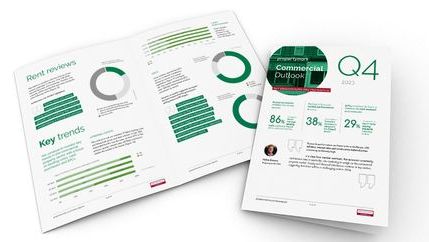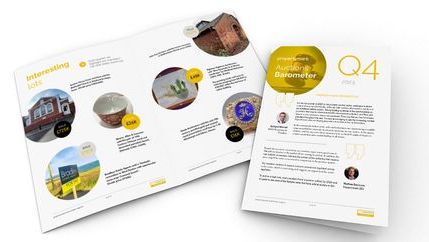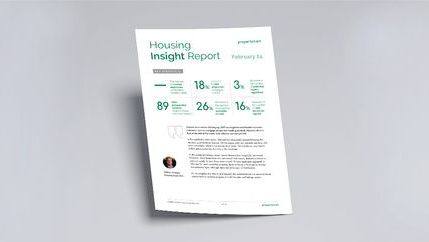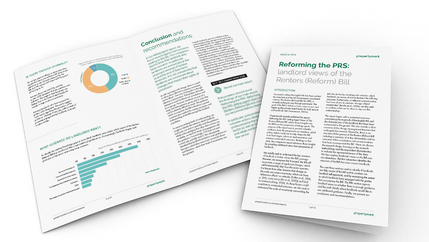
This is the first release of data which will be followed up with a series of more detailed topic reports in the coming months.
Owner occupation
Owner occupation rates remain virtually unchanged for the sixth year in a row. Fifteen million – 64 per cent – of the houses surveyed were owner-occupiers. The proportion of households in owner-occupation has decreased from its 2003 peak but has remained relatively stable since. An increase from 63 per cent in 2016-17 to 64 in 2018-19 is not considered statistically significant.
The proportion of younger owners (aged 25-34) has increased after several years in decline and is approximately equal to those of that age living in the private rented sector. Both sectors now stand at 41 per cent, this is a significant increase in owner-occupation from the 36 per cent low of 2014.
Under-occupation (having two or more spare bedrooms) has increased ten per cent over the last 20 years among owner-occupiers.
Homes becoming safer
Only 17 per cent of owner-occupied homes were considered non-decent, lower than all other sectors. The number of non-decent homes has declined across the board, from 33 per cent in 2008 to 18 per cent in 2018. Owner-occupied properties had fewer serious hazards than the private rented sector (11 per cent versus 14 per cent).
More energy efficient but warmer
The energy efficiency of English homes has increased considerably over the last 20 years but slowed in recent years. In 2018 there was an improvement in almost all tenures. In 2018, the average SAP rating of English dwellings was 63 points, up from 62 points in 2017.
This may have an uncomfortable trade-off however, as owner-occupiers and residents living in newer houses or high-rise flats were more likely to report overheating. Seven per cent of total residents and eight per cent of owner-occupiers were likely to report overheating, which was particularly a problem for those in homes built after 1990.
Dwelling size and affordability
Owner-occupied homes still tend to be larger than rented properties, accounting for around 108 square meters per dwelling as opposed to the private rented sector’s 75 square meters.
Owner-occupiers were likely to spend less money on a mortgage than a private renter spent on rent and were most likely to be in the top two income quintiles with 49 per cent of homeowners being top earners. However, in 2018-19, nearly half of households in England reported not having any savings. While this was lowest among owner-occupiers, it is worth noting that a third of homeowners surveyed, reported having no savings at all, with nearly 3.8 million of those householders aged over 55.




